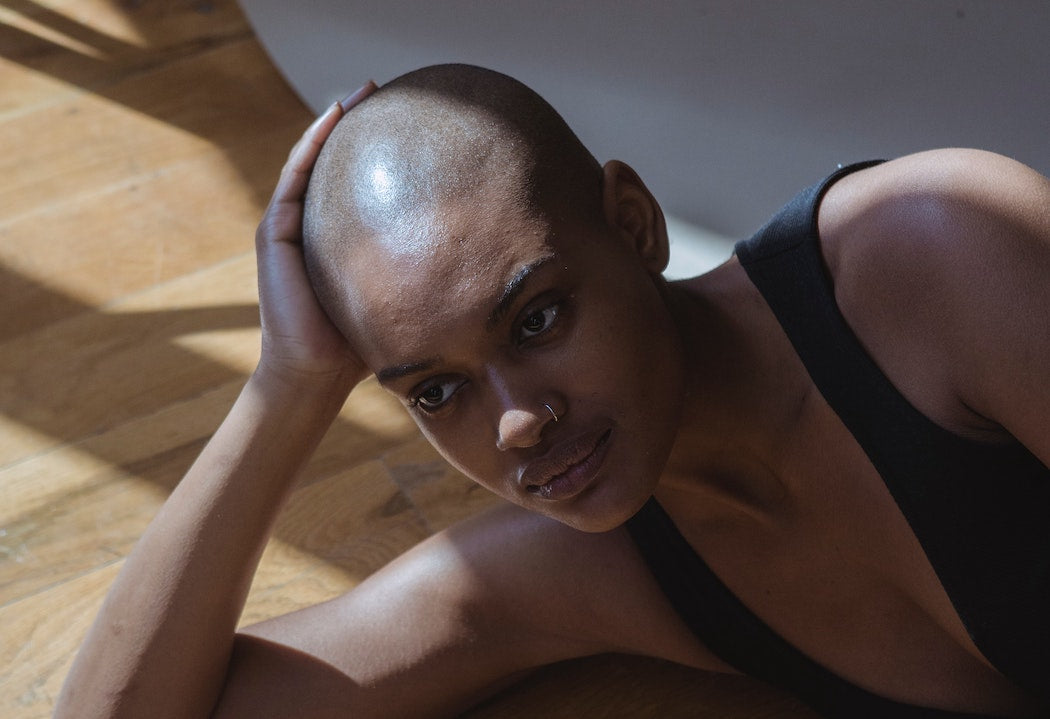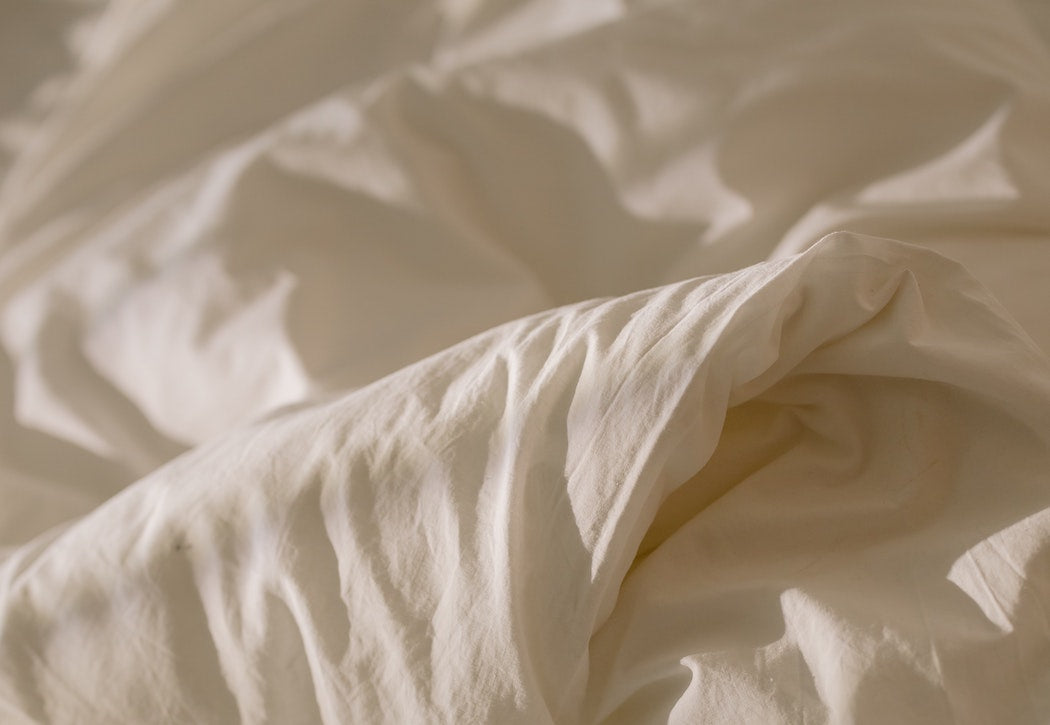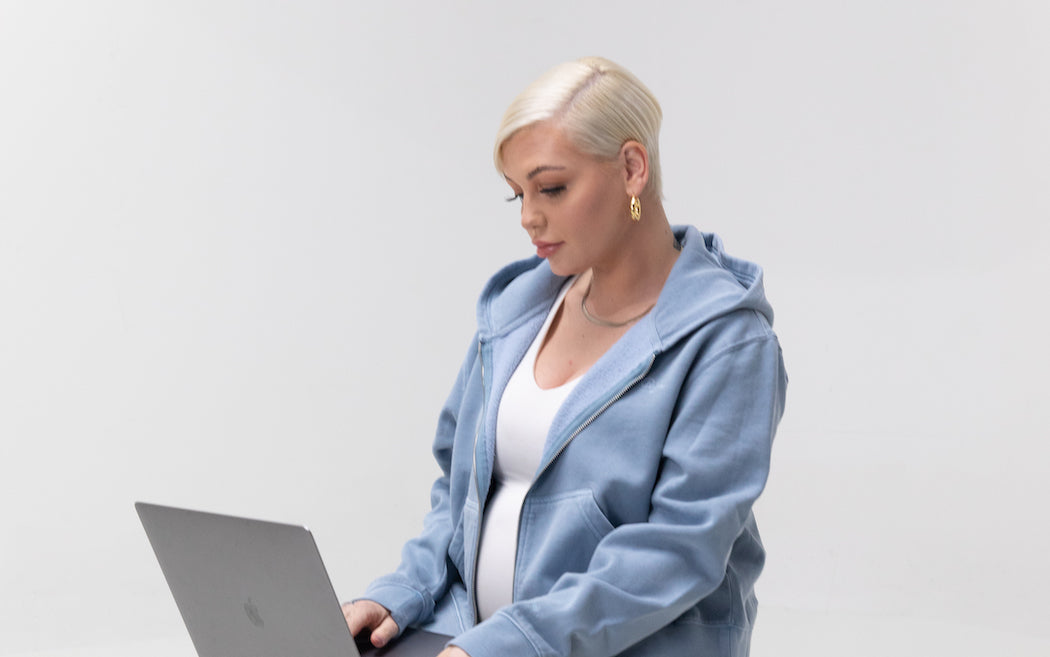For those looking to improve the appearance of acne scars, fine lines, or sun damage, microneedling might just be the answer.
What is microneedling?
“Microneedling uses sterile medical-grade surgical steel needles to puncture the skin, creating thousands of microchannels,” describes Amanda Hlatky, founder of Glow Dermal Therapy. The idea is to safely “injure” the skin via these microchannels to prompt a healing response and produce collagen and elastin—resulting in a more plump appearance.
If you’re feeling queasy, don’t worry: microneedling sounds scarier than it actually is. The punctures are microscopic and surface-level, and you’re numbed beforehand, so the treatment should be relatively painless.
Benefits of microneedling
Microneedling is great for:
- Improving skin texture.
- Increasing skin’s bounce and elasticity.
- Reducing fine lines and wrinkles, enlarged pores, and stretch marks.
- Minimizing acne scarring and hyperpigmentation.
How does microneedling differ from other resurfacing treatments?
In the realm of resurfacing treatments, fractional lasers also treat the same skin ailments as microneedling. The laser treatment is similar to microneedling in that they both promote a healing response—but the difference is that “fractional lasers use heat energy to penetrate the skin and tissue, whereas microneedling uses needles to create microchannels,” says Lisa Marie Blair, founder of The Skin Girls. Compared to fractional lasers, microneedling has shorter downtime, costs less, and doesn’t go as deep (so, more sessions may be required).
What to expect during a microneedling session
The aesthetician begins by cleansing your skin, and then applies a topical numbing cream, letting that take effect for about 15 to 20 minutes. Hlatky explains that the aesthetician will “choose varied depths and speeds on the needling device depending on the area being treated and the [desired] results. For example, we will go deeper on pitted scarring on the cheeks than for fine lines on the forehead.”
Explains Blair: “We then apply a serum such as hyaluronic acid, and the microneedling pen is passed back and forth all over the area to be treated. The needles in the pen move up and down to ‘infuse’ the serum into the skin.”
What does microneedling feel like?
While it shouldn’t hurt, it won’t exactly feel like a relaxing treatment, either. It feels exactly like how it’s described: a bunch of tiny needles going over your face. But the discomfort should be minimal thanks to the numbing cream. The treatment itself takes about 20 minutes, with the aesthetician going over each targeted area of your face. The forehead and cheeks are often the most sensitive parts. Don’t be alarmed if you bleed—that’s perfectly normal and usually isn’t extensive.
Post-treatment, your skin will typically be treated to a soothing serum or hydrating face mask that will feel like heaven. At Glow, the session is finished with epidermal growth factors and LED light therapy to facilitate faster healing and boost results.
Your face will be red for a few hours after the treatment (resembling a sunburn), but it should not last more than 24 hours, with the redness typically reduced by at least half the next day. You might experience some pinpoint bleeding, slight swelling, or mild shedding because of the increased cell turnover. Other side effects may include the skin feeling tight and dry (hyaluronic acid will become your best friend), but other than that, the downside is little to none. Avoid getting your face wet or applying anything to the skin for at least six hours. Try to avoid direct sun exposure, steam or sauna rooms, and workouts for the following 48 hours. Lastly, stay away from active ingredients (retinol, vitamin C, AHA, BHA) for five to seven days post-treatment, and most importantly, don’t forget the SPF, as your skin will be extra sensitive.
How many treatments are needed to see results?
You’ll see optimal results with microneedling over several sessions. It depends on your age, skin condition, and desired outcome, but typically “for people looking to treat something, we recommend three to six sessions one month apart,” Blair says. “For maintenance, we recommend a treatment twice a year.”
Is there anyone who is not a good candidate for microneedling?
While microneedling is generally great for all skin types, it’s recommended that those with any sort of compromised skin barrier like eczema, rosacea, or sensitivity do not get the treatment, as it might further exacerbate the condition. It’s also best to avoid microneedling if you have a condition that would hinder healing, or have been on Accutane for the past 12 months. Similarly, those with active acne are recommended to wait until it clears up to avoid spreading the bacteria.
Overall, microneedling is a minimally-invasive treatment that produces maximum results.












